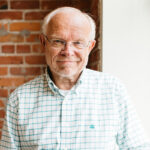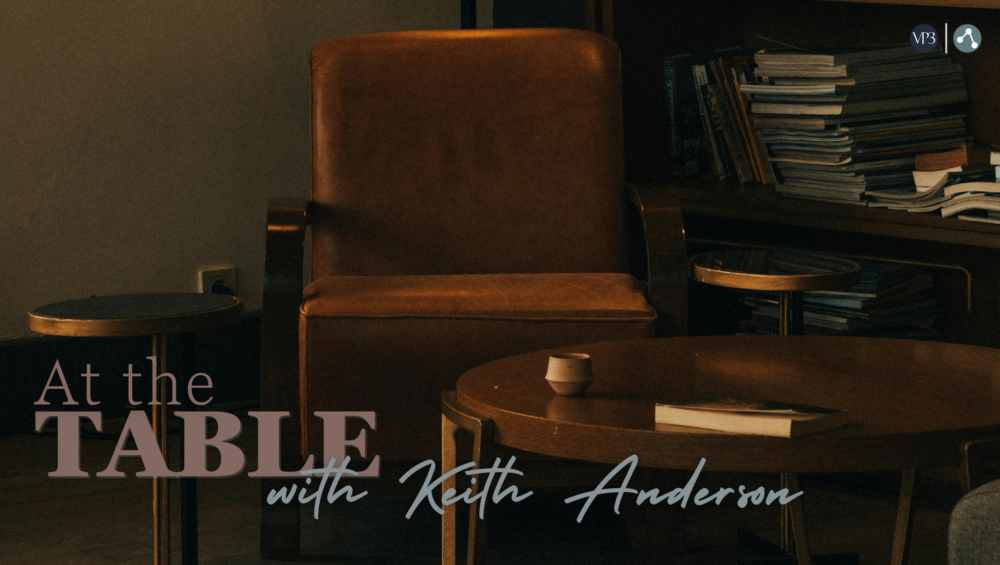In her book Learning to Walk in the Dark, Barbara Brown Taylor challenged Christians to pause and embrace Lent as a season of “darkness.” True, Lent comes in spring, perhaps just before Daylight Savings Time, but she means something far deeper when she speaks of darkness. For her, Lent is an invitation to explore the parts of life and faith that are often overlooked, avoided, and clothed in our doubts, fears, and uncertainties.
Like Peterson, Taylor is a realist who understands how easy it is to hold on to easy answers when faced with the mystery of our faith. Her practices include silence and contemplation by which we dwell in the “shadows,” where she believes God often speaks profoundly. For her, Lent is reframed not as a season of deprivation and letting go as much as a period of deep discovery and growth by which we face what is within.
She doesn’t much like the idea, common in the church, that sees darkness as negative and something to be avoided. “To be human is to live by sunlight and moonlight, with anxiety and delight, admitting limits and transcending them, falling down and rising up.” [1]
Trusting what you can’t always see
Taylor encourages her readers to embrace the full spectrum of human experience, which we all can confess in our moments of honesty. These include doubt, fear, uncertainty, and grief. We all seem to prefer the sunlight of the day rather than the dark night of the soul, but only to our peril.
She believes that darkness is a necessary part of our spiritual experience. By shunning darkness or discounting it as a place where God is not comfortable, she believes, we miss a space that God, in fact, knows very well. Lent invites us to poke around all the corners of our souls, light and dark. Lent invites us to take a serious, thoughtful, and reflective walk in the dark. Not to set up housekeeping there but through silence and contemplation to walk with and then stand still in the presence of our doubts, fears, grief, wounds, and failure. The image she uses is of a seed in the ground, which grows from a tiny speck to a flowering plant first in the darkness. Darkness, she might say, is trusting what you can’t always see.
Consider this: On Good Friday and Saturday, no one looked up, only down… at the place of death, burial, a grave. At two epic moments in human history, humankind looked in the wrong direction. At Jesus’ birth, the light was in the heavens in Bethlehem, true; but the one who later called himself “the light of the world” was down in a feeding trough, not up in the clouds. And at Jesus’ death, the light of the world was down until he was raised up on Easter Sunday morning.
Look for light
We all look for light, so we tend to look up, but Jesus came down to show us the light. Incarnation recognizes that Jesus needed both the manger and the grave to hold his humanness. Still, his light was unable to be contained. It was luminous as it spread by women and men who reflected the light of an ever-living and ever-present Light of the world. While you raise your hands in worship and your eyes to praise this One, look for the light in the eyes of everyone at your kitchen table, at your work table, in your neighborhood, and beyond. “The light (has) moved. It (is) coming from below, not above.”[2] Open your eyes and look here, “down” on this earth where Jesus himself walked among us…as he does in what we call “the body of Christ.”
Practice: Ponder this thought: Resurrection “…is based not on our belief in God but on God’s belief in us—and on God’s investment in the creation, the incarnation, the essential goodness of matter, bodies, flesh…which means that anyone who was ever part of God’s life never stops being part of it”.[3]
[1] Barbara Brown Taylor, Substack: When the Divine Came Down, 12/2024.
[2] Ibid.
[3] Barbara Brown Taylor, Home by Another Way, p. 207
Photo from Imago Dei to Missio Dei: An Art Experience by Preston Pouteaux (2014 by VantagePoint3)
______________________________________________

Keith Anderson, D.Min., is a Faculty Associate for Spirituality and Vocation at VantagePoint3 and President Emeritus of Seattle School of Theology and Psychology and is the author of several books, including Reading Your Life’s Story (IVP, 2016), A Spirituality of Listening (IVP, 2016), and Spiritual Mentoring (IVP, 1999). Keith’s newest book, On Holy Ground: Your Story of Identity, Belonging and Sacred Purpose, will soon be released from Wipf & Stock Publishers. In his writing, teaching, and mentoring, Keith seeks to set a table for people looking to enter the “amazing inner sanctuary of the soul” in the most ordinary and extraordinary moments of life.



1 Comment
“look for the light,” is a wonderful invitation as life does play out according to what we pay attention to.